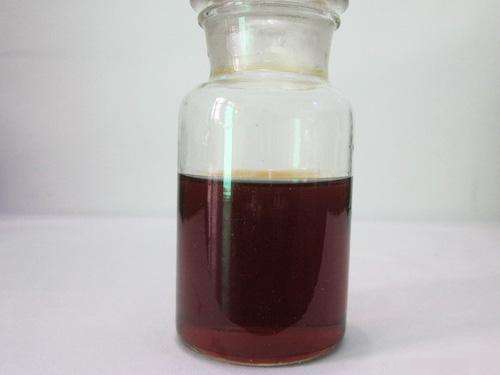Understanding the Differences Between Flocculants and Coagulants in Water Treatment Processes
Understanding the Difference Between Flocculants and Coagulants
In the realm of water treatment and purification processes, two terms that frequently arise are flocculants and coagulants. Both play vital roles in the removal of suspended particles and contaminants from water, but they operate through different mechanisms and are used at different stages of the treatment process. Understanding the distinction between these two substances is essential for optimizing water treatment systems.
What are Coagulants?
Coagulants are substances that promote coagulation, the initial phase of the water treatment process. They are typically chemical agents that neutralize the charges on suspended particles in water. Most particles in a suspension carry a negative charge, which prevents them from clumping together. Coagulants, often metal salts like aluminum sulfate (alum) or ferric chloride, are added to the water to neutralize these charges. As the charges are neutralized, particles start to aggregate, forming larger clusters known as flocs. This process usually occurs quickly and can be followed by rapid mixing to enhance particle collision rates.
Coagulation is crucial in the treatment process because it prepares the suspended solids for subsequent removal. Effectively applied, it can dramatically reduce turbidity and improve water clarity, allowing for more efficient filtration in later stages. However, it is important to carefully control the dosage of coagulants to prevent over-dosing, which can lead to excess sludge and negatively impact the subsequent treatment stages.
What are Flocculants?
flocculant vs coagulant

Flocculants are agents that facilitate flocculation, the next step following coagulation. While coagulants initiate the process by neutralizing charges and forming small flocs, flocculants help to bind these smaller aggregates into larger, more easily removable flocs. Flocculants are typically high molecular weight, long-chain polymers that create a matrix that traps particles, leading to significantly larger flocs. This enhancement in floc size makes them easier to remove through sedimentation or filtration.
Flocculants are particularly useful in applications where the particles are small or there is a wide variety of particle sizes, as they help to consolidate the smaller flocs formed during coagulation. Commonly used flocculants include polyacrylamides and natural organic polymers such as starch or cellulose derivatives. Effective use of flocculants can greatly increase the efficiency of sedimentation and filtration processes, resulting in clearer water and reduced chemical usage overall.
Summary of Differences
The key difference between coagulants and flocculants lies in their role in the treatment process. Coagulants function primarily to destabilize suspended particles, enabling their initial aggregation, while flocculants enhance the formation of larger aggregates to facilitate their removal from the water.
In practical terms, both coagulants and flocculants are essential in a comprehensive water treatment system. Coagulation typically precedes flocculation, and the conditions under which they are applied—such as dosage, timing, and mixing requirements—are critical for achieving optimal water quality. Operators of water treatment facilities must understand the characteristics and behavior of both agents to design effective treatment protocols and ensure compliance with water quality standards.
In conclusion, the effective pairing of coagulants and flocculants can significantly enhance the efficiency of water treatment processes, leading to better water quality and more sustainable treatment practices. Understanding how and when to use these chemicals is fundamental for anyone involved in environmental management and water treatment technology.
-
Water Treatment with Flocculant Water TreatmentNewsJun.12,2025
-
Polymaleic AnhydrideNewsJun.12,2025
-
Polyaspartic AcidNewsJun.12,2025
-
Enhance Industrial Processes with IsothiazolinonesNewsJun.12,2025
-
Enhance Industrial Processes with PBTCA SolutionsNewsJun.12,2025
-
Dodecyldimethylbenzylammonium Chloride SolutionsNewsJun.12,2025





